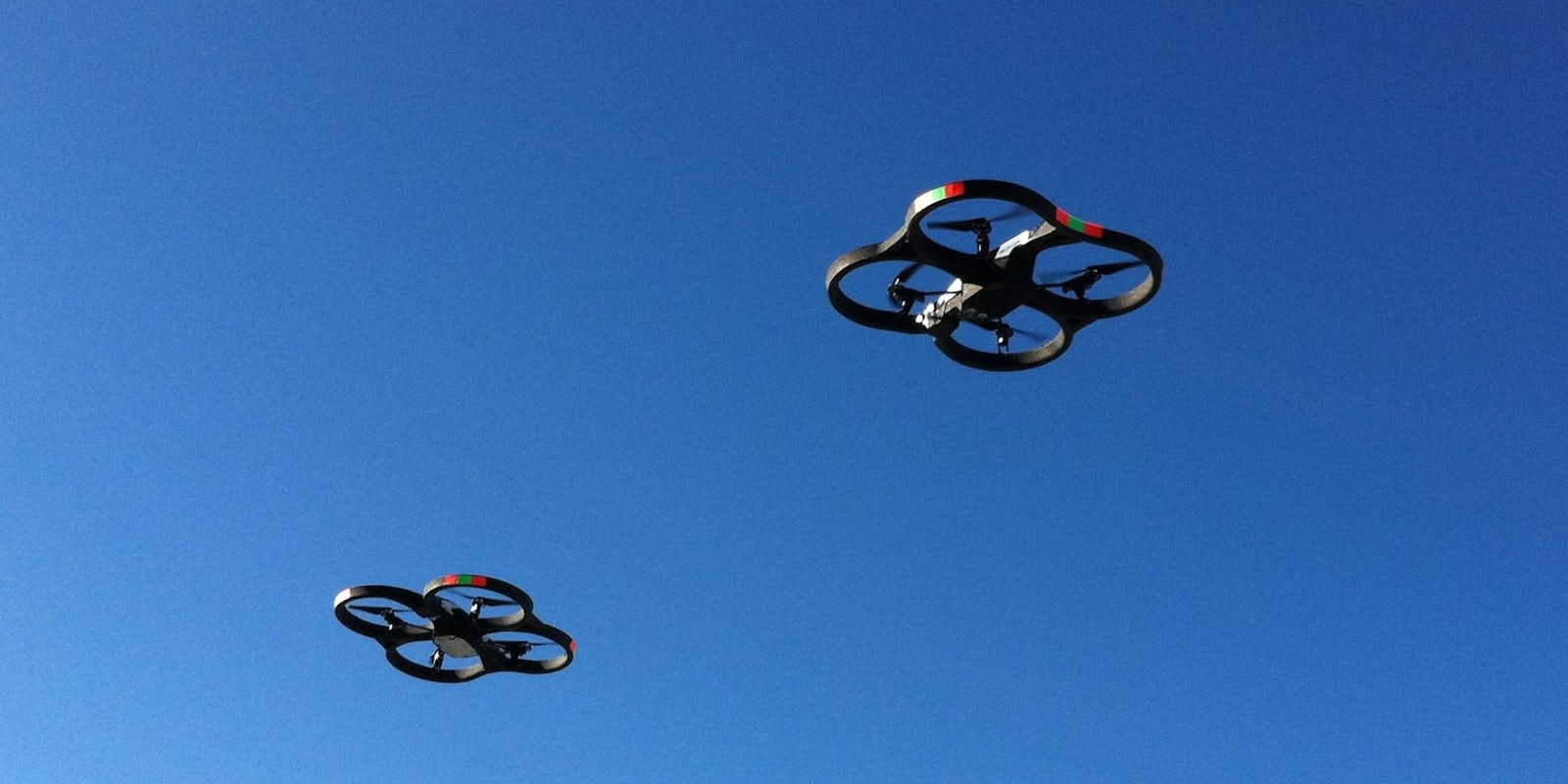Amazon wants a piece of the sky. The online retailer is slowly working its way toward making its drone delivery system a reality, and is taking aggressive next steps for airspace.
Amazon Prime Air project Vice President Gur Kimchi recently floated the idea of setting aside commercial drone zones that would allow his company’s delivery drones to fly unabated above the ground and out of range of other aircraft.
The proposed airspace would be between 200 and 400 feet above the ground. The proposal would maintain a 100-foot buffer—a no-fly zone—between Amazon’s sky highway and the integrated airspace that would start at 500 feet.
Hobbyist drone fliers would be given the space below 200 feet, keeping them from potentially interfering with the more sophisticated small Unmanned Aerial Systems that Amazon would be using.
For any of Amazon’s plan to be put in place, it would require the approval of the Federal Aviation Administration. The e-commerce giant and the government agency have been at odds on the issue since Amazon announced its plans for drone delivery in 2013. Amazon recently balked at the FAA’s suggestion that small UAVs cannot fly beyond the line of sight of the operator.
The proposal would damage Amazon’s plans, which would essentially allow the drones to operate by sensors. A new patent from the company suggests the drones could even find the package recipient by honing in on their location as provided by their smartphone. The hypothetical service would complete deliveries within 30 minutes of the order being placed.
As rules surrounding drones continue to lag behind in the United States—the FAA is likely to miss another deadline for reforms set in September—Amazon has begun testing its technology in other places, including a secretive location in British Columbia, Canada.
H/T PSFK | Photo via Wikimedia Commons


